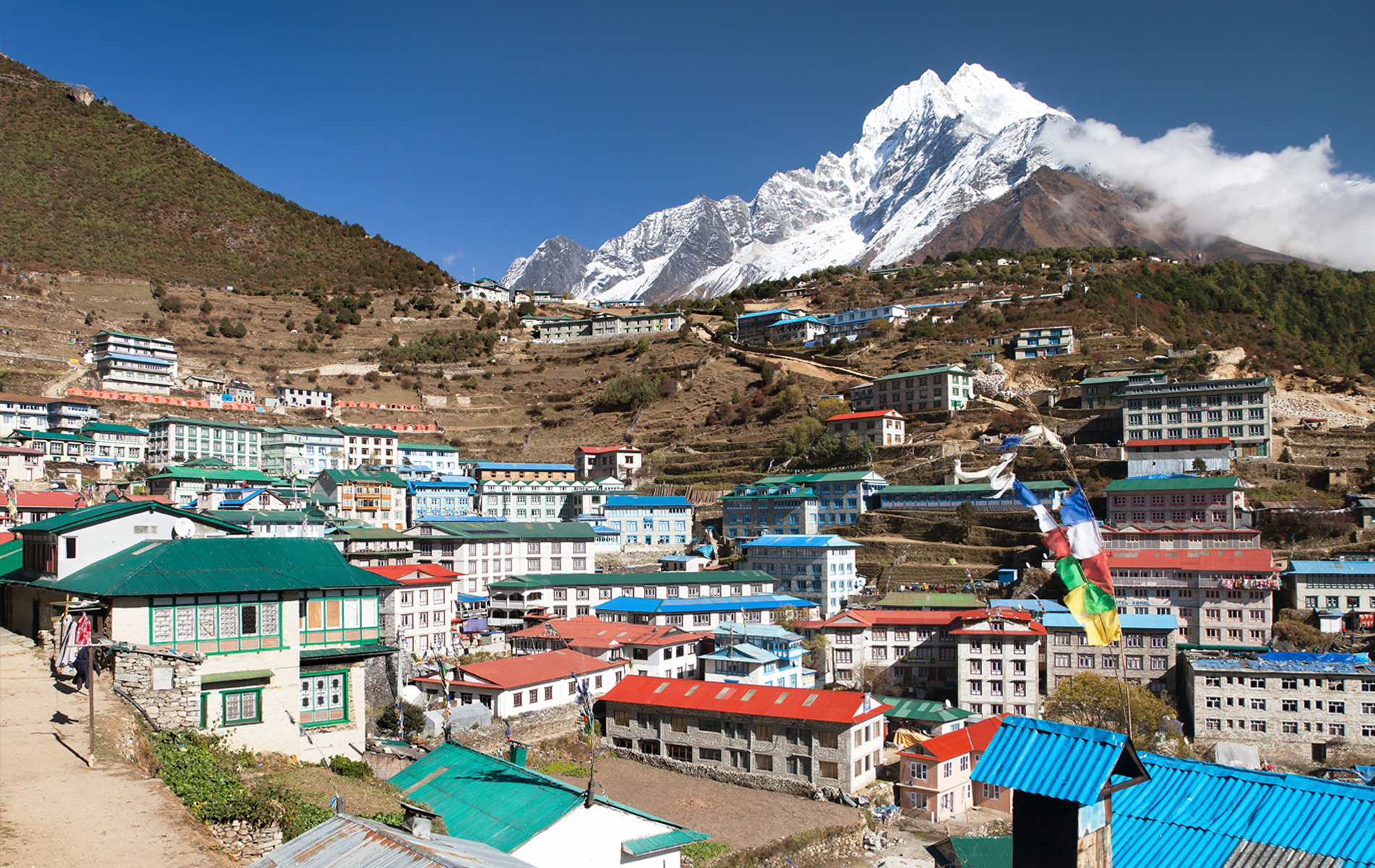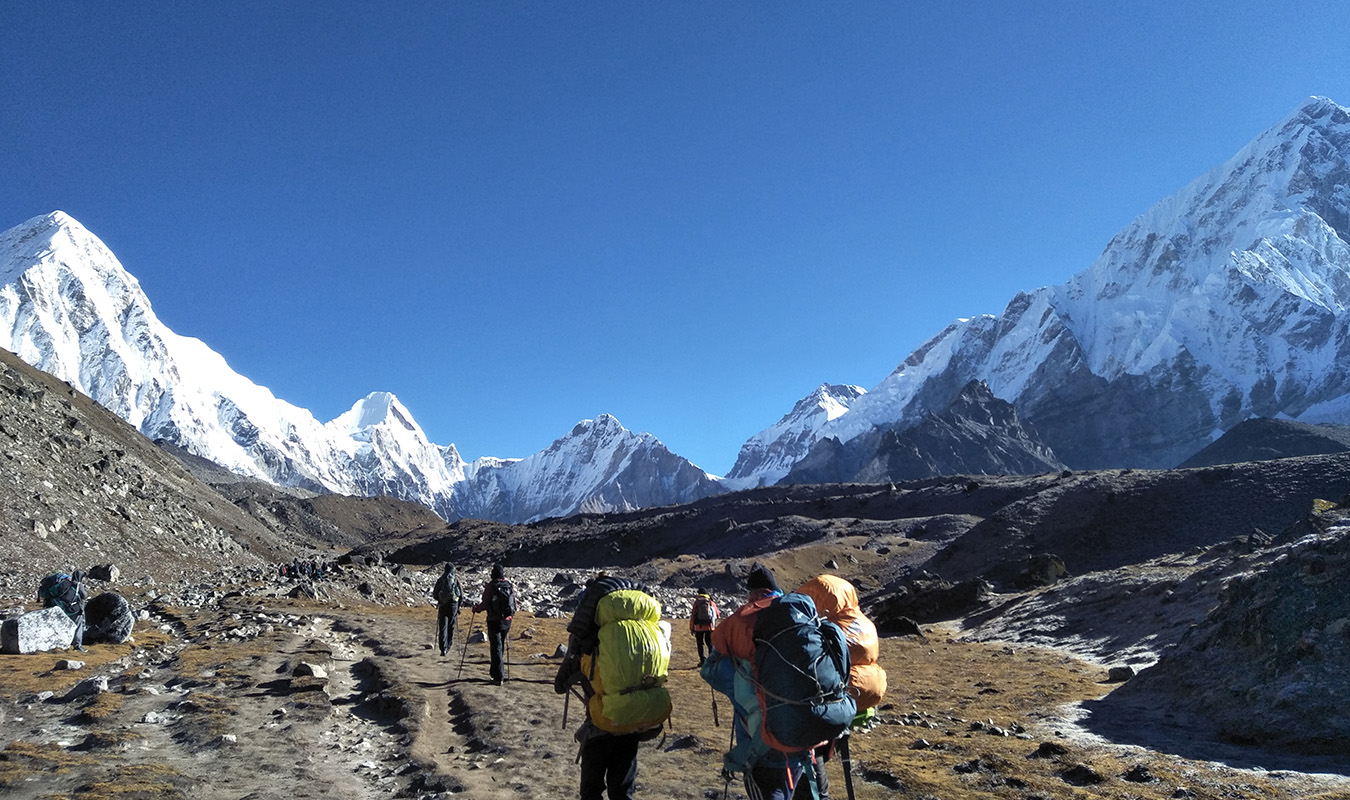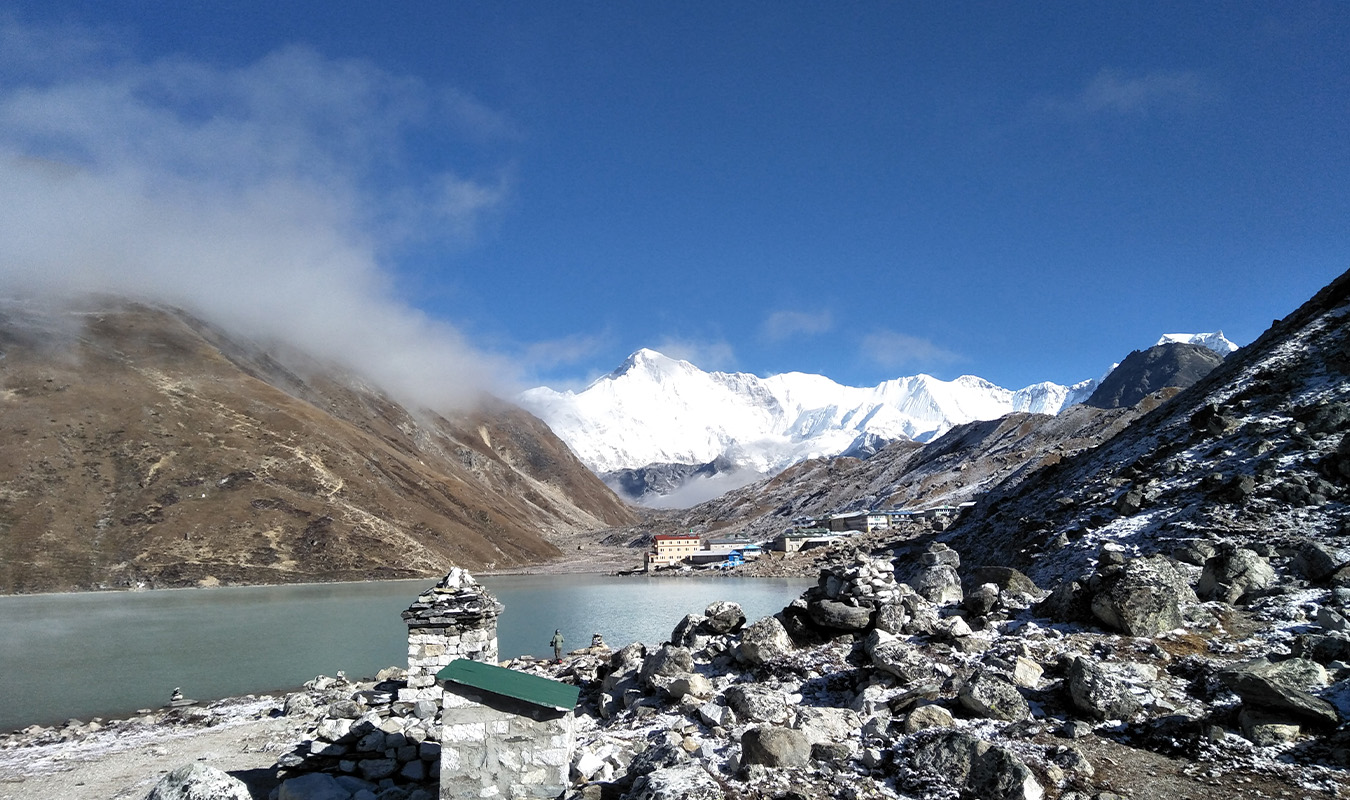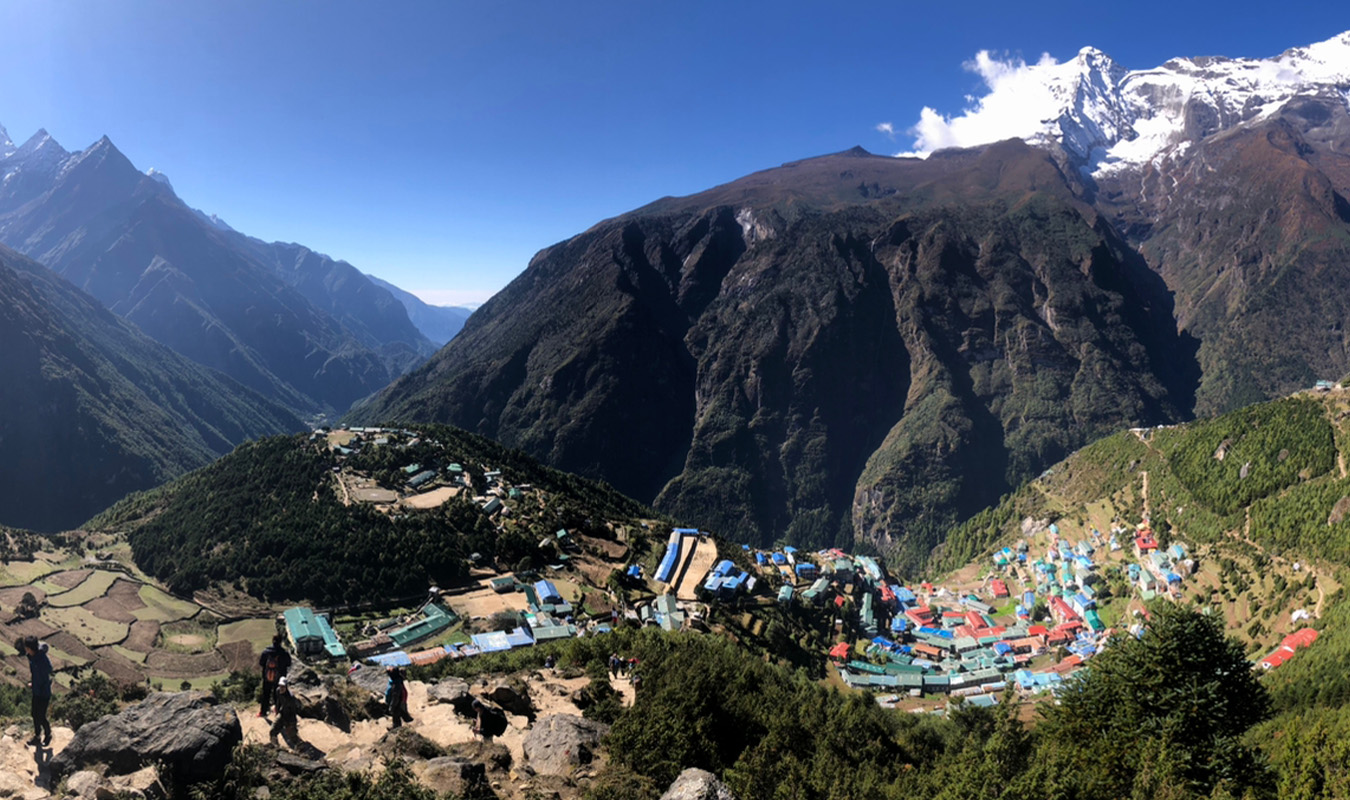

Everest Base Camp Trek with Helicopter Return
Everest Base Camp Trek with helicopter exit
-
 13 Days
13 Days
-
Trekking
-
Extension Tour
-
Strenous
Everest Base Camp Trek with Helicopter Return: Ultimate Adventure with Aerial Finale
Embark on the classic Everest Base Camp route, beginning with a scenic flight to Lukla. Trek through lush forests, Sherpa villages, and ancient monasteries, immersing yourself in the rich cultural tapestry of the Khumbu region. Reach Everest Base Camp (5,364 m) and witness the breathtaking sunrise from Kala Patthar (5,560 m), offering panoramic views of Everest and neighboring peaks.
Instead of retracing your steps, enjoy a thrilling helicopter flight back to Kathmandu from Gorak Shep. This aerial journey provides stunning bird’s-eye views of the Himalayas, including Everest, the Khumbu Valley, and surrounding glaciers—an unforgettable experience that you can’t get on foot.
Highlights of the Everest Base Camp Trek with Helicopter Return
- Explore Kathmandu’s UNESCO World Heritage Sites: Wander through the historic Durbar Squares and visit sacred landmarks like Swayambhunath, Boudhanath Stupa, and Pashupatinath Temple for a glimpse into Nepal’s spiritual and architectural heritage.
- Iconic Mountain Flight to Lukla: Begin with a thrilling flight over Himalayan foothills to Lukla—an unforgettable start to your trek.
- Cultural Immersion in Sherpa Heartland: Trek through Sherpa villages, experience warm hospitality, explore ancient monasteries, and immerse yourself in Sherpa culture.
- Spectacular Himalayan Vistas: Admire towering peaks—Everest (8,848 m), Lhotse (8,516 m), Nuptse (7,861 m), Pumori (7,161 m)—that define the Khumbu skyline.
- Everest Base Camp (5,364 m: Reach the legendary Everest Base Camp by the Khumbu Glacier and icefall, a lifelong dream for many trekkers.
- Kala Patthar Sunrise (5,560 m): Rise early for a pre-dawn hike to Kala Patthar and watch a golden sunrise illuminating Everest, Lhotse, Nuptse, and Pumori.
- Helicopter Return from Gorak Shep: End with a scenic helicopter flight back to Kathmandu, enjoying breathtaking aerial views of Everest and the Khumbu region.
Classic EBC Trek vs Helicopter Return Trek
- Return Route: The Classic EBC Trek involves retracing the entire route back on foot over 3–4 days, while the Everest Base Camp Trek with Helicopter Return skips the descent by flying directly from Gorak Shep to Kathmandu.
- Time & Itinerary: The Classic EBC Trek typically spans 12–16 days, whereas the Everest Base Camp Trek with Helicopter Return can be completed in 10–12 days.
- Physical Strain: The Classic EBC Trek’s extended downhill trek can be physically demanding, especially on the knees and ankles, whereas the Helicopter Return Trek minimizes by eliminating the return hike.
- Scenic Experience: The Classic EBC Trek offers complete ground-level immersion with more time on the trail and extended interaction with locals, while the Everest Base Camp Trek with Helicopter Return concludes with a breathtaking aerial view of the Himalayas.
- Safety & Altitude: The gradual descent in the Classic EBC Trek allows for natural acclimatization and recovery, whereas the Helicopter Return Trek’s rapid descent by air helps reduce exposure to high elevation, minimizing the risk of altitude-related illnesses.
- Cost: The Classic EBC Trek is more economical overall, involving basic teahouse accommodations and trekking throughout, while the Everest Base Camp Trek with Helicopter Return involves a higher cost but compensates by reducing the number of days.
- Ideal For: The Classic EBC Trek is best suited for those with flexible schedules, a strong fitness level, and a desire for full immersion trekking, whereas the Everest Base Camp Trek with Helicopter Return is perfect for time-conscious travelers, senior participants, or anyone seeking a high-comfort, high-impact adventure with a spectacular conclusion.
Why Choose the Everest Base Camp Trek with Helicopter return?
The Everest Base Camp Trek with Helicopter Return is a thoughtfully designed adventure that delivers the full trekking experience through the Khumbu region—complete with cultural encounters, dramatic landscapes, and the iconic Everest Base Camp—followed by a spectacular helicopter exit from Gorak Shep.
Everest Base Camp Trek with Helicopter Return itinerary
Day 1. Arrival in Kathmandu
Day 2. In Kathmandu
Day 3. Fly to Lukla-Trek to Phakding
Day 4. Trek from Phakding to Namche Bazaar
Day 5. In Namche Bazaar
Day 6. Trek from Namche Bazaar to Tengboche
Day 7. Trek from Tengboche to Dingboche
Day 8. Acclimatization day – Excursion to Nangkartshang hill
Day 9. Trek from Dingboche to Lobuche
Day 10. Trek from Lobuche to Gorakshep – Excursion to Everest Base Camp
Day 11. Hike to Kala Patthar-Fly from Gorakshep to Kathmandu
Day 12. Free day in Kathmandu
Day 13. Departure
Cost Information
The cost is based on no. of participants to offer the lowest possible cost.
Included
- All transfers by private vehicle.
- 4 nights’ accommodation in 3-4* category hotels in Kathmandu.
- 8 nights’ accommodation in a tea house during the trek with an attached bathroom where possible.
- Only breakfast during the stay in Kathmandu.
- Three standard meals (breakfast/lunch/dinner) and with some hot drinks(tea/coffee) during the trek.
- One welcome/farewell dinner with a cultural performance in Kathmandu.
- 1 full day guided city tour in Kathmandu.
- English-speaking licensed trekking guide along with a porter (1 porter for every two trekkers).
- One way airfare between Kathmandu/Manthali-Lukla.
- Return flight from Gorakshep to Kathmandu in a helicopter.
- 1 hour sauna and steam along with massage after the completion of the trek.
- First aid kit, duffel bag, and trekking map.
- Trekking staff accommodation, wages, meals, trekking gears, and insurance.
- All necessary paperwork and permits for the trek (TIMS/National Park Fee/Rural Municipal Fee).
- All government tax and service charges.
Not included
- Nepal Visa.
- International airfare.
- Meals other than listed (lunch and dinner in Kathmandu).
- Personal expenses (laundry, telephone, bar, beverages).
- Bottled/boiled water, battery recharge, Wi-Fi and hot showers during the trek.
- Tips and gratuities to Guide, Porter and driver.
- Travel medical insurance covering rescue and emergency evacuation.
- Personal trekking gears and equipment’s.
- Trip cancellation cost due to your health, weather condition, political situation, and any other unforeseen events.
- Any other expenses other than the listed above.
Detailed Itinerary
Expand AllArrival in Kathmandu
In Kathmandu
Fly to Lukla-Begin trek to Phakding
Trek from Phakding to Namchhe Bazaar
Namche Bazaar(acclimatization day)
Trek from Namche Bazaar to Tengboche
Trek from Tengboche to Dingboche
Acclimatization day - excursion to Nangkartstang hill
Trek from Dingboche to Lobuche
Trek from Lobuche to Gorakshep-Excursion to Everest Base Camp
Hike to Kalapatthar-Fly from Gorakshep to Kathmandu
Free day in Kathmandu
Departure
Trip Photos
FAQs
- What makes the helicopter return so special?
Flying back by helicopter from Gorak Shep, saves you 3–4 days of descent on foot, alleviating fatigue and minimizing risk to knees and joints. It also avoids common weather-related flight cancellations from Lukla, offering a smoother and more flexible finish to your trek.
Also, it transforms your descent into an aerial adventure, offering unmatched views of Himalayan giants like Everest, Lhotse, Nuptse, Ama Dablam, and the Khumbu Glacier
- How challenging is this trek?
Classified as moderate to moderately difficult, the trek typically involves 4–8 hours of hiking per day over uneven, steep terrain at high altitudes. You’ll reach Everest Base Camp at 5,364 m, and Kala Patthar at 5,644 m—both accessible without technical skills but demanding physical endurance and good acclimatization.
- When is the best season to go?
The ideal seasons for this trek (including helicopter service) are spring (March–May) and autumn (September–November), when skies are clear, mountain visibility is excellent, and weather is generally stable.
- What about altitude sickness and acclimatization?
Your itinerary includes rest days in Namche Bazaar and Dingboche, along with short acclimatization hikes to nearby higher terrain. Since altitude sickness often begin above 2,500 m. To help prevent it, stay hydrated, maintain a slow pace, eat nutritious meals, rest regularly, and consider preventive medication like Diamox, only under medical advice.
- Is travel insurance required?
Yes, a comprehensive travel insurance is strongly recommended, and should specifically include helicopter evacuation coverage. Medical facilities are limited in the region, so that coverage is essential in case of emergencies.
- What if the helicopter return flight to Kathmandu is canceled due to weather?
Options include:
- Staying an extra day until weather improves (lodging costs are your responsibility).
- Booking a charter helicopter flight (with additional cost), charter operators sometimes fly even when regular services are grounded.
- If weather doesn’t improve, descending on foot to Lukla, then flying to Kathmandu. We recommend scheduling 3–4 buffer days after your trek to avoid missing your international departure in case of delays.
- How much weight does each porter carry?
We recommend you limit your personal trek luggage to no more than 15 kg. Each porter can carry up to 30 kg (one duffel bags per client). On the Lukla flight, baggage must not exceed 15 kg including your hand bag.
- Where can I store extra items while trekking to Everest Base Camp?
You can either store extra baggage at your hotel in Kathmandu or leave them at our Kathmandu office until your return.
- What type of accommodations are provided?
You’ll stay in a 3–4‑star hotel in Kathmandu. Along the trek, you’ll stay in traditional teahouses with shared rooms (usually twin bedded), with clean room and friendly staff. Single rooms can be arranged in advance, subject to availability.
- What views and experiences does the helicopter return offer?
The helicopter flight from Gorak Shep to Lukla & to Kathmnadu offers truly breathtaking views. You’ll soar above the Himalayas with unforgettable vistas of Mount Everest, Lhotse, Nuptse, and the Khumbu Glacier. It’s a spectacular way to cap off your trek and see the expansive beauty of the region from above.


 Overview
Overview Costs
Costs Included
Included Itinerary
Itinerary Trip Photos
Trip Photos Activities Included
Activities Included
 Accommodation
3-4* hotels with modern amenities in Kathmandu, tea houses/village lodges during the trek.
Accommodation
3-4* hotels with modern amenities in Kathmandu, tea houses/village lodges during the trek.
 Meal
Only breakfast in Kathmandu with one welcome dinner, while all meals are included during the trek
Meal
Only breakfast in Kathmandu with one welcome dinner, while all meals are included during the trek
 Best Seasons
Best during the spring and the autumn.
Best Seasons
Best during the spring and the autumn.
 Route
Kathmandu-Lukla-Phakding-Namche-Tengboche-Dingboce-Lobuche-Gorakshep-Kathmandu
Route
Kathmandu-Lukla-Phakding-Namche-Tengboche-Dingboce-Lobuche-Gorakshep-Kathmandu
 Best Months
March, April, May, October, November
Best Months
March, April, May, October, November  Good Months
February, September
Good Months
February, September  Lean Months
June, July, August
Lean Months
June, July, August  Not Recommended Months
January, December
Not Recommended Months
January, December 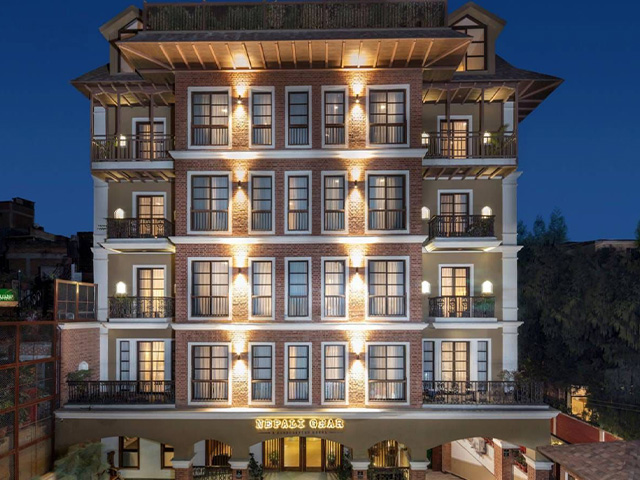

 Altitude:
Altitude:

 Duration:
Duration:


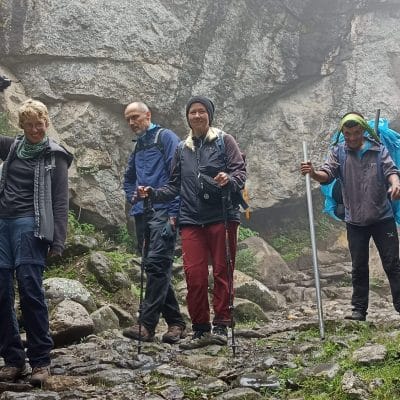
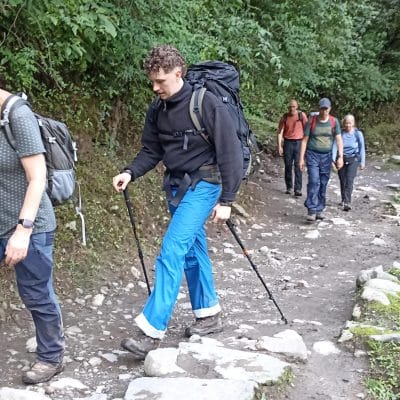
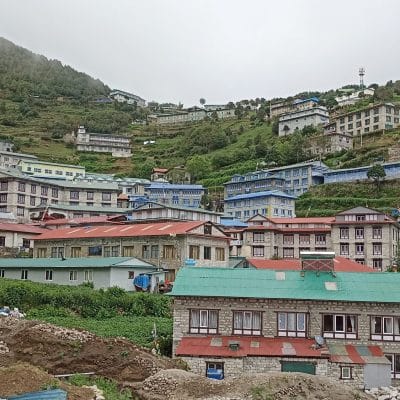
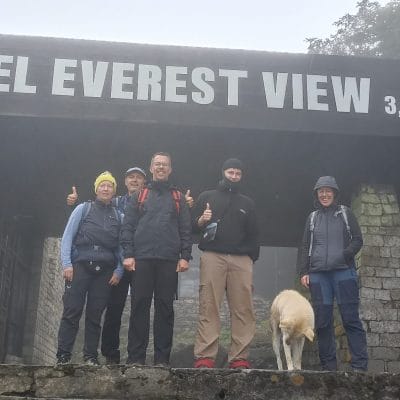
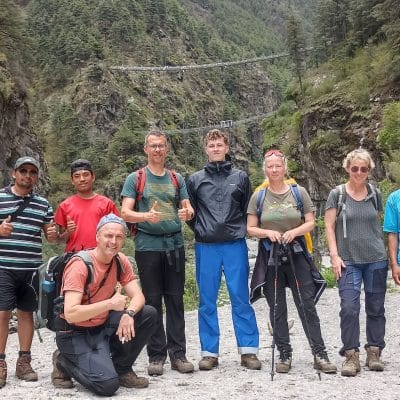
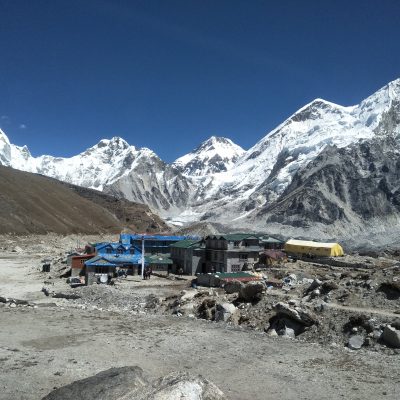
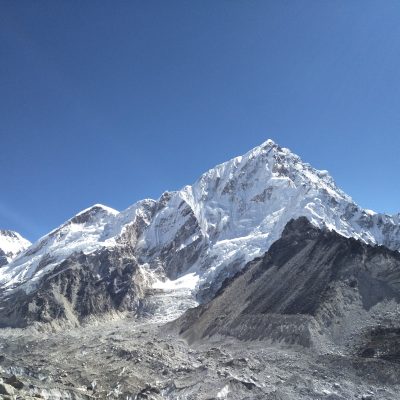
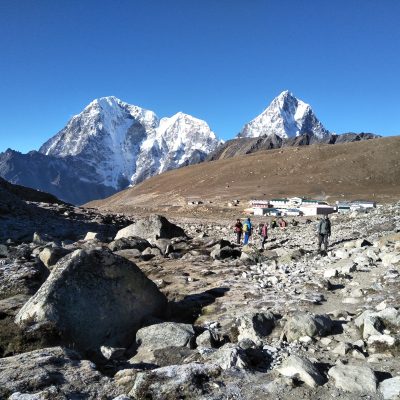
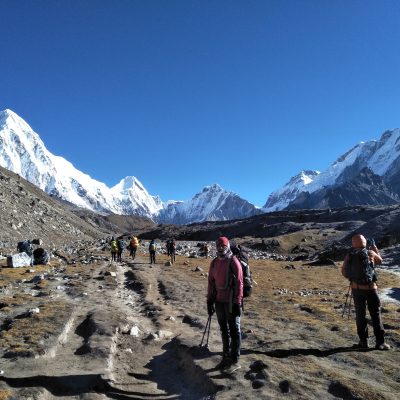
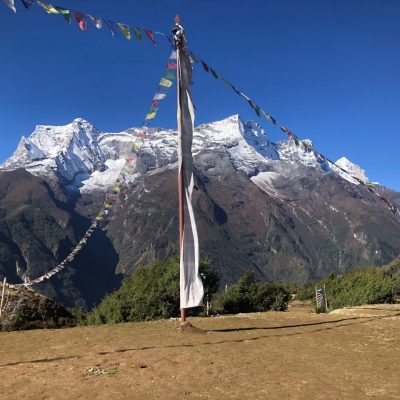
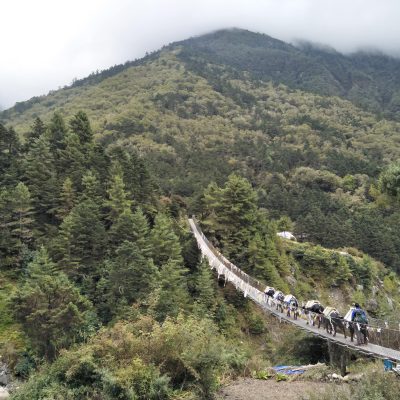
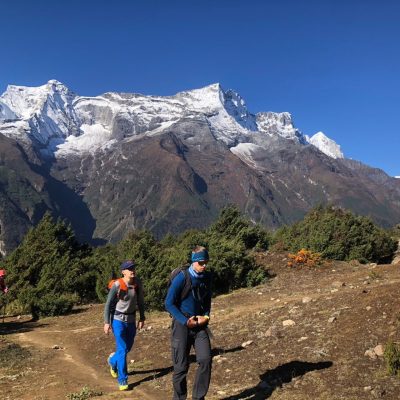
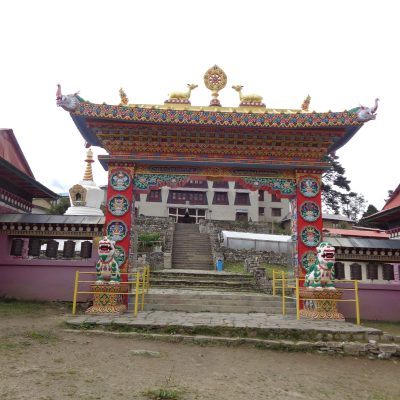
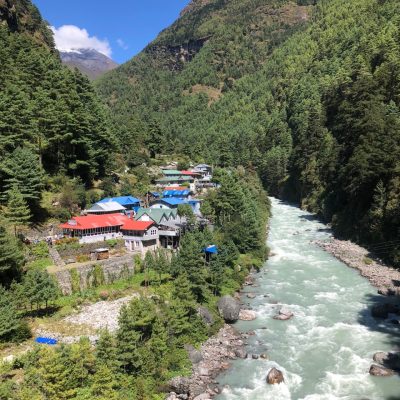
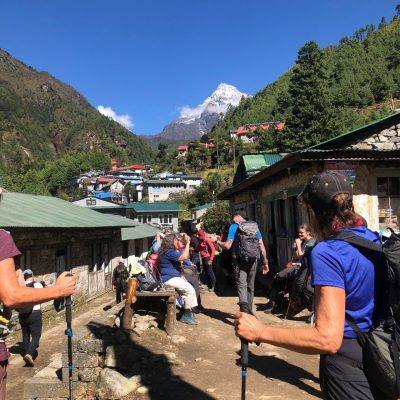
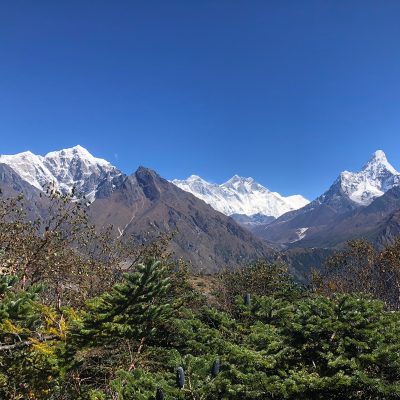
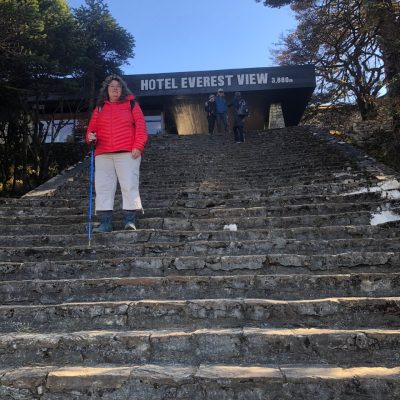

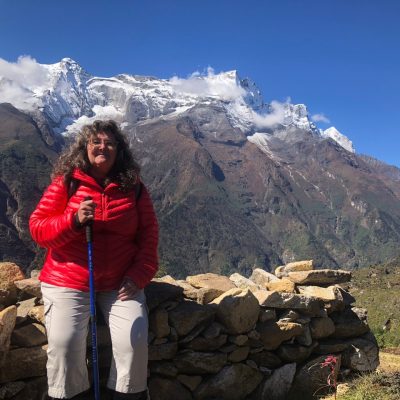
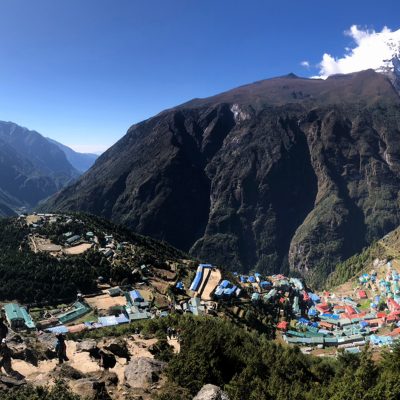
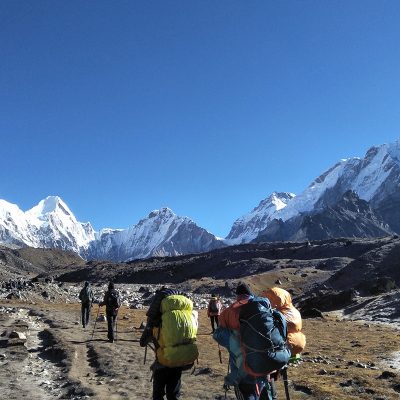

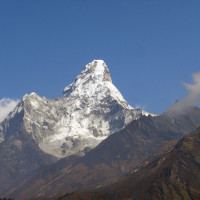
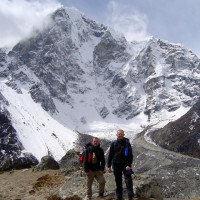
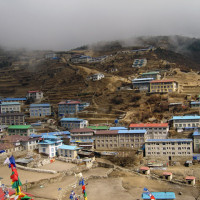
 Max Group Size
maximum of 4 pax
Max Group Size
maximum of 4 pax
